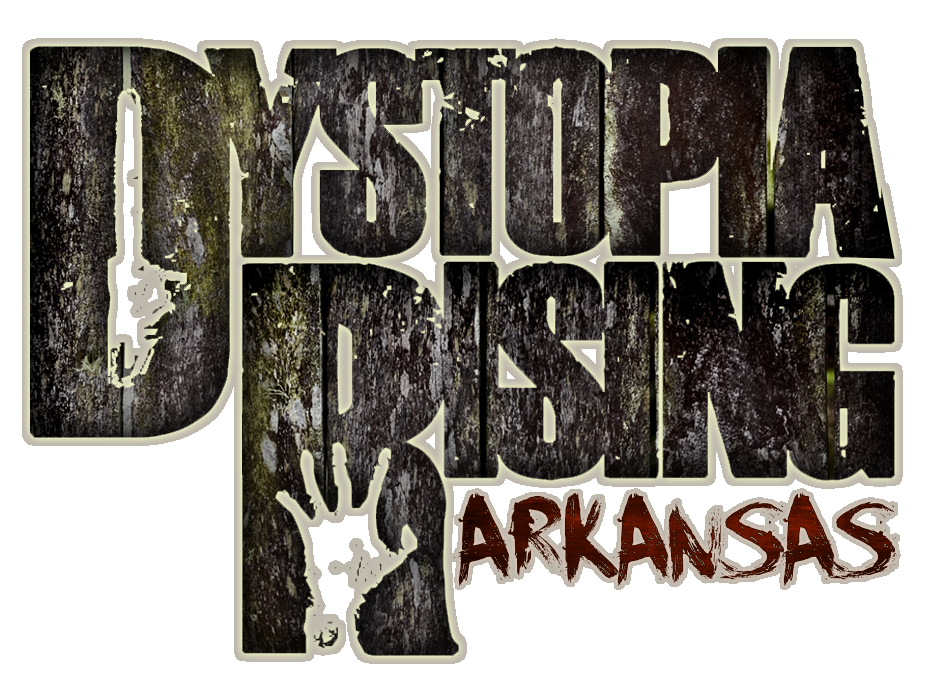Howdy, Wastelanders!
And welcome to our next segment of Pro-Tip Thursday! Our next game is quickly coming upon us in just two weeks (and some change). Even though this is our last game for the season, there is a topic I’d like to touch base on and that’s the process of our personal plot requests.
But first, what is a personal plot request? There is a lovely form on our website (dystopiarisingar.com/plot-request-1) where you can request a plot that is specific to you and your character. Did you have a fun one-off engagement with a plot from the last game and want to deep dive into it more? You can submit that request here! Want to resolve something from your backstory? You guessed it, submit it there.
The form is very simple and prompts responses to help the Experience Design team understand what it is you’re looking for in this plot. You can even request a specific writer! So if I know I’m wanting a PPR and know that there is a specific writer that I work well with, I can request them. Please note that when you request a PPR to be run, you are agreeing to spending 50 Arkansas CAPs for this.
Once the request has been submitted, it is sent to the Experience Design team. They’ll have a brief discussion and assign a writer to your plot. They’ll share the submission form with the writer so that they have all the information. Then, that writer will reach out to you for further information and to touch base on the plot. It’s that easy! Your partnered writer will work closely with you to ensure you’re getting the experience you are looking for. It may not be exactly what you have envisioned, but they’ll get it as close as possible.
Some things to keep in mind when submitting your PPR is timing. This year, we had an astronomical amount of PPR and PFA requests. Because of this combined with writing story for the overarc plot, the experience design team has had to shuffle priorities. If you submit a PPR request two weeks before a live game, please be aware that it may get pushed back to the next game. For example - if I were to submit a PPR two weeks before the November game, a member on the experience design team (probably Truate or Cody) would reach out and let me know the time frame of when the story can be run. It’s not because they hate the request or the person who submitted it. It’s purely because they’re trying to prioritize stories and flow of the game for that upcoming weekend.
Since we’re already two weeks away from the November game, any PPRs that come through now may end up being put on hold until next season. In next season, we’ll have moved from the 3.0 system to DR Live. It is possible that the PPR process will change with the new rule set. So just always keep an eye on announcements and Pro-Tip segments for the most up-to-date news in regards to PPRs.
If you have any questions, comments, concerns about PPRs and our process for them, please don’t hesitate to reach out. Stay safe, stay hydrated, and we’ll see you in the wastes!



